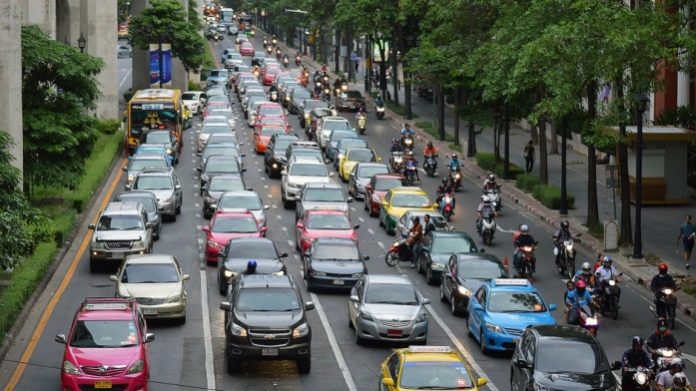Ever get stuck in stop-and-go traffic and then realize it was caused by that accident across the road that everyone was staring at? Or how about that lane merge where some people insist on waiting until the last second, forcing everyone to come to a standstill. Driverless cars and automated traffic could get rid of all of those problems.
That’s why Edmonton is testing out technology that allows cars to communicate with their environment. Equipped with wireless devices, vehicles can exchange information with roadside signs and traffic lights. This could improve safety, for example, by letting you know if you’ll make it through that green light, or if you will have to stop. Traffic automation could also help prevent accidents due to road rage.
The testing is part of the ACTIVE-AURORA initiative – a partnership involving Transport Canada, Alberta Transportation, the City of Edmonton, the University of Alberta, the University of British Columbia, and several industry partners.
Although this technology still requires a human driver, many groups, such as the Waterloo Autonomous Vehicles Laboratory (WAVELab) at the University of Waterloo, are working on technologies to enable fully-automated vehicles. These include algorithms for route planning and methods for lane detection.
In fact, less than a year ago, Ontario became the first province to allow testing of driverless cars on its roads so that groups like WAVELab could test in real traffic without going elsewhere.
The Institute of Electrical and Electronics Engineers predicts that 75% of all cars on the road will be automated to some extent by 2040. So buckle up and enjoy the ride!







































